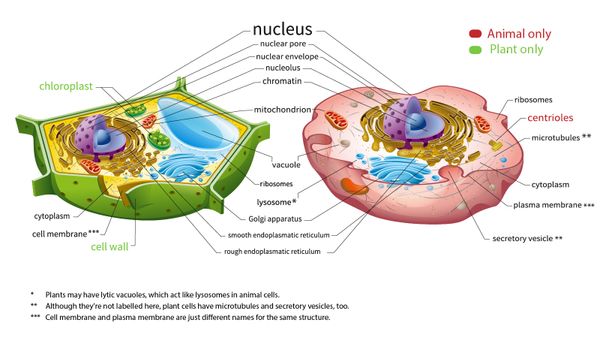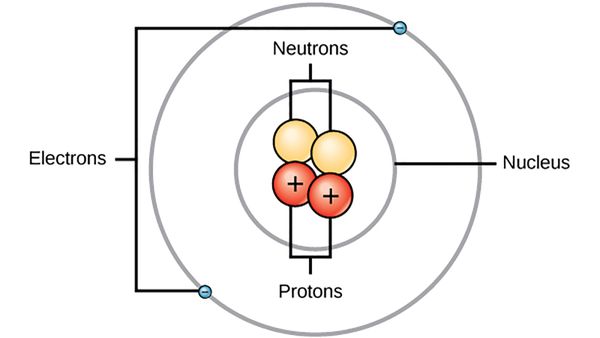After completing the respiration pathway, the Krebs cycle undergoes a second oxidation process that looks a lot like a traffic roundabout; it's what makes it a cycle. The acetyl coA enters the cycle, combining with oxaloacetate to form citrate synthase — hence the name "Krebs cycle."
This citric acid is oxidized over the course of many steps, shedding carbons all the way around the roundabout until oxaloacetic acid is regenerated by oxidation of malate. As carbons drop off the citric acid, they turn into carbon dioxide molecules and are spat out of the cell and eventually exhaled by you.
Energy Production and CoenzymeA
"During the second oxidation, a new, high-energy bond is made with the sulfur of CoA to produce Succinate-CoA," says Beach. "There is enough energy here that we can directly produce an ATP equivalent; GTP is actually made, but it has the same amount of energy as an ATP — this is just a quirk of the system.
"The removal of the CoenzymeA leaves us with a Succinate molecule. From the Succinate point in the cycle, a series of steps to rearrange chemical bonding and some oxidation events to restore the original oxaloacetate. In the process the pathway first produces a low energy FADH molecule and a final NADH molecule," Beach says.
Implications and Evolutionary Considerations
For each glucose entering respiration, the roundabout can spin twice, once for each pyruvate that enters it. However, it doesn't necessarily have to go around twice since the cell can siphon off carbons for other macromolecules, or put more into the cycle by sacrificing amino acids or capitalizing on the energy stored in fat.
See? Complex biochemistry. But according to Beach, one thing to note about the Krebs cycle is the frequent appearance of adenosine — it's in NADH, FADH, CoenzymeA and ATP molecules.
"Adenosine is a 'molecular handle' for proteins to grab onto. We can imagine the evolution of ATP binding pockets being shared and recycled so that these become binding sites for other molecules using similar motifs."
This article was updated in conjunction with AI technology, then fact-checked and edited by a HowStuffWorks editor.


